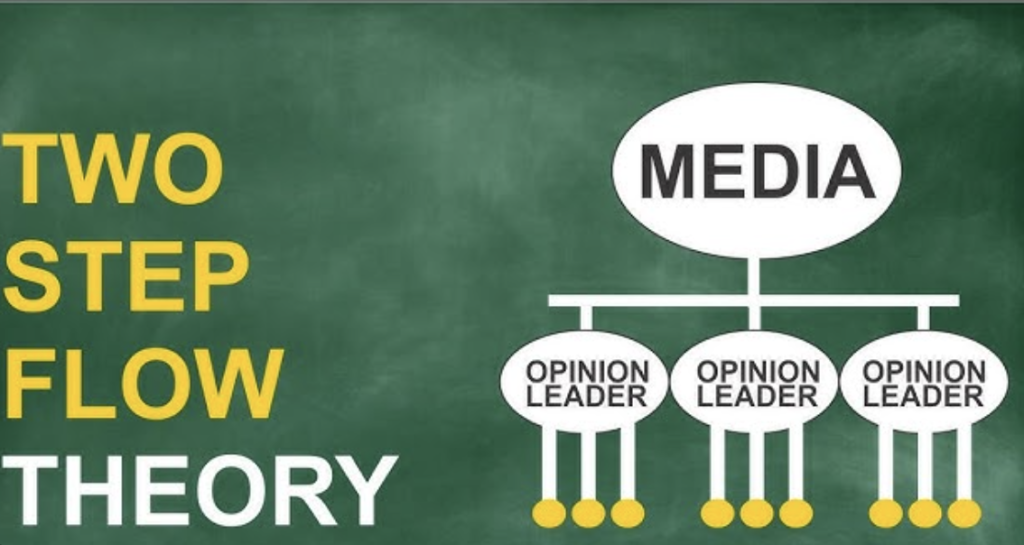
Entering the 21st century, technology has continued to innovate. With the advent of the new media era, our lifestyles have undergone significant changes, and the ways in which information is disseminated have undergone a tremendous transformation. In modern society, the modes of information transmission have become increasingly diverse. We now find information through platforms like Twitter, TikTok, and other social media, browse emails, or hear about certain news from friends in casual conversations. In this era of easy access to information, understanding how information is disseminated and how it influences us is crucial.Now, speaking of which, we cannot ignore a very famous theory, known as the “Two-Step Flow Theory.” It’s a highly classical theory in the field of communication, initially introduced by sociologists Paul Lazarsfeld and Elihu Katz in 1955. As for why it holds such importance, this blog post will help you understand the theoretical approach of the Two-Step Flow Theory and its practical applications in the contemporary media and social networking era.
Now, let’s discuss the theoretical methods of the Two-Step Flow Theory. To begin, it’s essential to introduce the concept of “opinion leaders.” Opinion leaders refer to individuals who wield significant influence in social media. These can include popular online personalities, known as “influencers,” who have amassed large followings on their social media accounts. These influencers, with their extensive followers, hold the power to impact many people.
These opinion leaders participate in the reception and dissemination of information by Posting and sharing videos on social media or interacting with followers in group chats. Social media is an important way for them to spread their message, connecting with the public through various forms of content sharing, including text, pictures and videos. They post on their personal social media accounts and promote the post on group chats and other sharing platforms.
The words, articles, and social media interactions of these opinion leaders can deeply express their opinions, positions, and attitudes. The spread of these views creates a power on social media to guide and shape public opinion. The remarks of opinion leaders often cause wide attention and discussion on social media. They guide public opinions and attitudes, and then have a certain influence on the public.
In this digital age, the Two-Step Flow Theory can be observed in various aspects of our lives. ,it’s essential to mention the online influencers on platforms like TikTok. These influencers create videos that attract a large following and, subsequently, attract numerous advertisers. Some advertisers collaborate with these opinion leaders to boost their product sales. These opinion leaders then incorporate the advertisers’ products into their videos and endorse them. For example, in the case of a shampoo advertisement, an opinion leader in their video might say, “Why does my hair look so shiny today? Because I used this particular brand of shampoo, which is excellent. I recommend everyone to buy it.” As a result, their followers receive this information while watching their videos. Due to the trust they have in these opinion leaders, many followers go on to purchase the product. This way, the information is transmitted from opinion leaders to the general public.This example illustrates the role played by the Two-Step Flow Theory in media communication. Whether a shampoo is effective or not should ideally be chosen based on one’s own hair type. However, when opinion leaders provide this information, the general public tends to make purchases. This demonstrates the significant influence and shaping of public opinion by opinion leaders.

